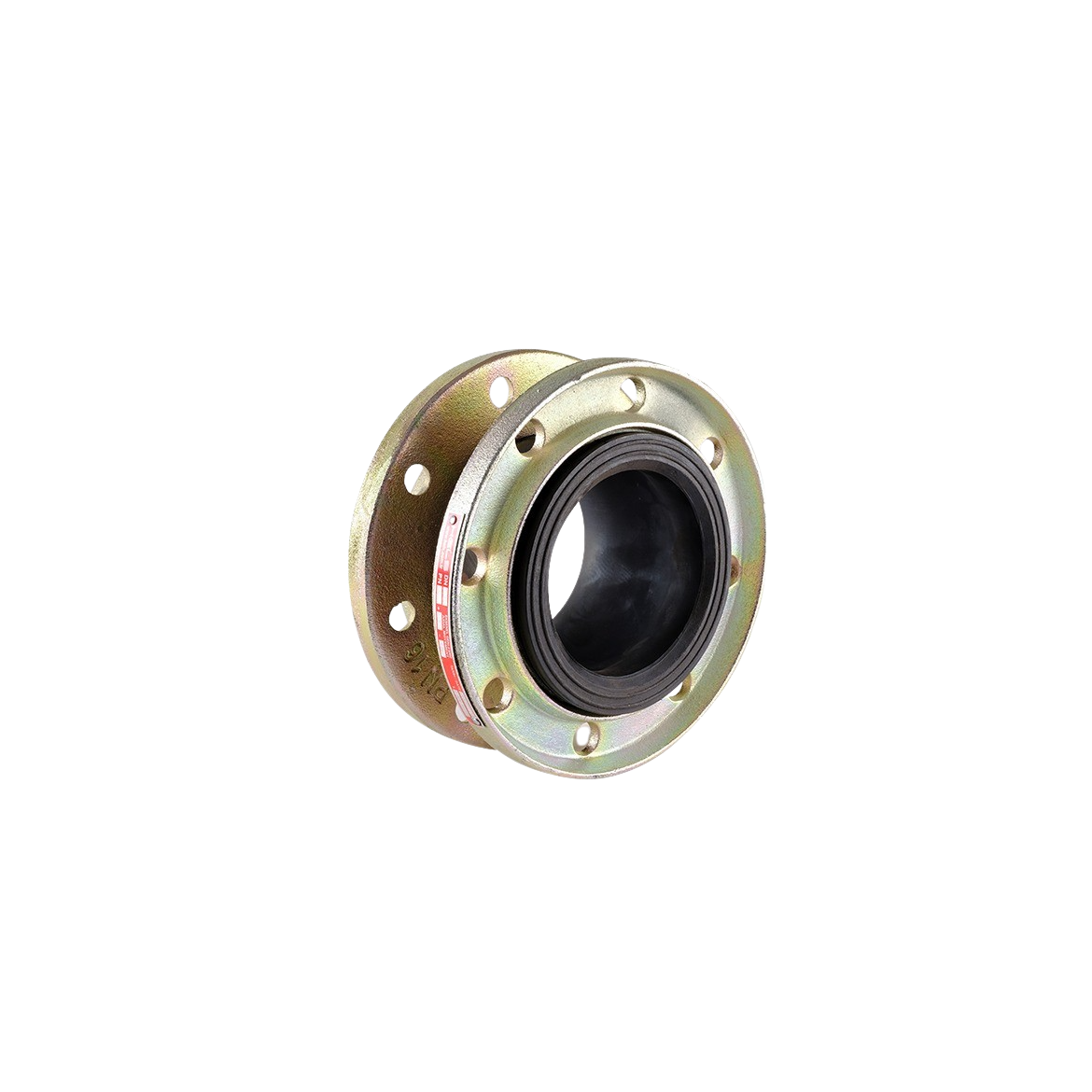How do rubber expansion joints work?
Rubber expansion joints absorb movement, vibration, and noise in pipelines. Made from reinforced elastomers, they flex to accommodate thermal expansion, contraction, and misalignment, protecting connected equipment from stress and damage.
Advantages of rubber expansion joints...
• Absorbs thermal expansion and contraction
• Reduces vibration and noise
• Compensates for misalignment
• Protects pumps, valves, and pipework
• Reduces vibration and noise
• Compensates for misalignment
• Protects pumps, valves, and pipework
Technical Parameters:
Typically ±25 mm to ±100 mm axial movement (larger on request), Lateral movement up to ±15 mm Angular movement up to 15°
Standard: DN25–DN3600 (1″–144″) Custom builds available for larger applications
• Flanged (drilled to EN/ASME standards
• Threaded (small sizes) Grooved ends
• Threaded (small sizes) Grooved ends
Single‑arch or multiple‑arch elastomer construction, Reinforced with fabric and/or steel for durability, Multiple‑arch designs increase flexibility and movement absorption
Designed for thousands of flex cycles, depending on movement magnitude, pressure, and operating conditions
Elastomers: EPDM, nitrile (NBR), neoprene (CR), natural rubber (NR), Reinforcement: synthetic textile, steel wire
Internal liners - protect from abrasive or corrosive media, External covers - protect against UV, ozone, and mechanical damage, Control rods - limit movement and prevent over‑extension
Industry Application:
Media Type:















